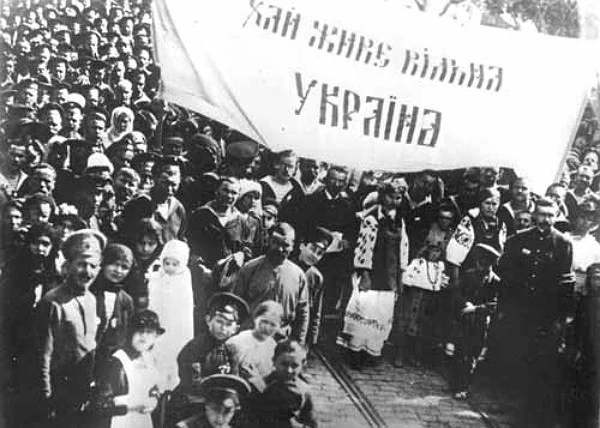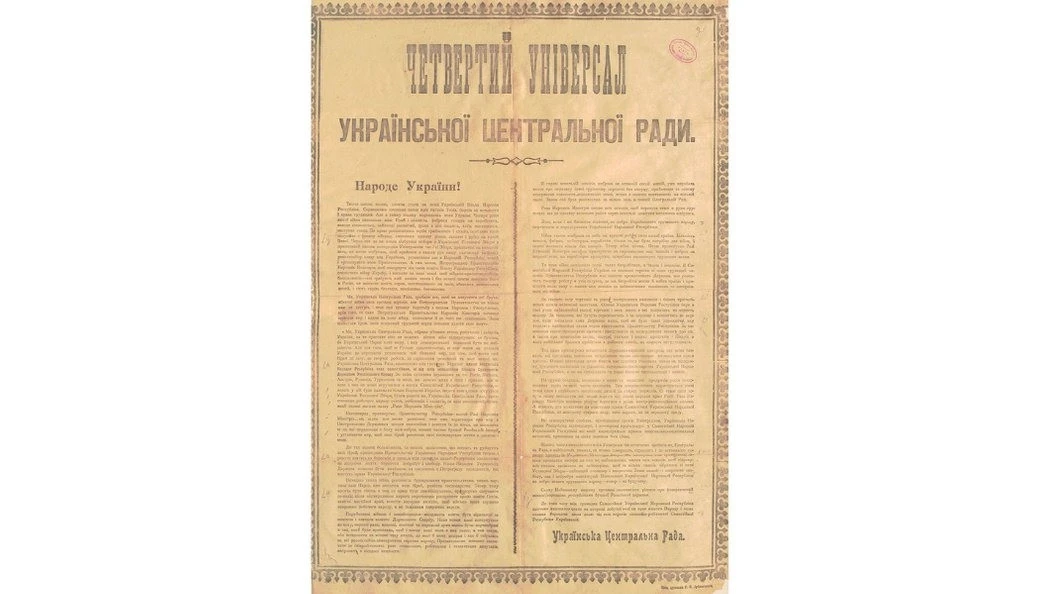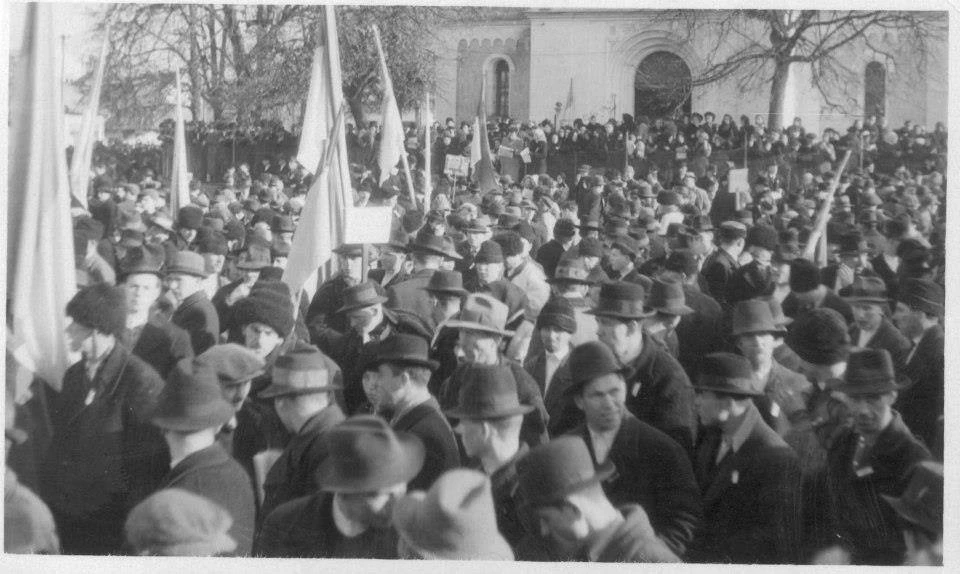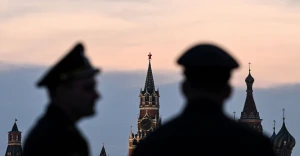
January 22: Day of Unity of Ukraine. What is holiday known for, its history, interesting facts
Every year on January 22, Ukrainians celebrate the Day of Unity of Ukraine, uniting in a human chain and expressing support for national unity and independence
For centuries, Ukrainian lands were divided and oppressed by the Austro-Hungarian and Russian empires. The end of the First World War and the onset of revolutionary events contributed to the efforts of Ukrainians in their quest for independence. Therefore, Day of Unity is a holiday for all citizens, symbolizing their desire for unity and freedom.
The history of the holiday
The Day of Unity of Ukraine commemorates the events that took place on January 22, 1919. On that day in Kyiv, the Ukrainian People's Republic and the Western Ukrainian People's Republic adopted the Act of Unification, announcing the unification of Western and Eastern Ukraine into a single state.
The Act of Unification defined the boundaries and form of government of the united country, which was an important step in the formation of modern independent Ukraine. It was a defining moment in the history of Ukrainian statehood, when an attempt was made to unite different parts of the Ukrainian people under a single flag.

Photo: Historical Truth
This day also commemorates the Fourth Universal of the Central Rada (Central Council - Ukrainian revolutionary parliament established in 1917 - ed.), which was signed on January 22, 1918, the same day as the Day of Unity and Freedom of Ukraine, but a year earlier. This historic document was important for Ukrainian statehood, proclaiming the full independence and territorial integrity of the Ukrainian People's Republic.
"In order to put things in order, to work creatively, to consolidate the revolution and our will, we, the Ukrainian Central Rada, announce to all citizens of Ukraine: from now on, the Ukrainian People's Republic becomes an independent Free Sovereign State of the Ukrainian People, independent of anyone," reads an excerpt from the text of the Fourth Universal. Mykhajlo Hrushevsky, as head of the Ukrainian Central Rada, played a key role in the events of that time. The signing of the Fourth Universal was an important step for the Ukrainian nation in its struggle for independence and territorial integrity.

Photo: wikipedia.org
Despite the fact that the actual unification of the republics of the Ukrainian People's Republic and the Western Ukrainian People's Republic did not take place, the events of that time had a significant impact on the political situation in Ukraine. The holiday of the Day of Unity and Freedom of Ukraine has become a symbol of an important stage in the struggle for independence and unity of the country.
Day of Unity - interesting facts
The Unification Act of 1919 was an important historical step, but unfortunately, differences in political views and strategies led to conflicts among the leaders.
The bourgeois-democratic character of the Western Ukrainian People's Republic came into conflict with the radicalized national-socialist Ukrainian People's Republic, leading to a rift between the West and the East. Yevhen Petrushevych, one of the key figures in Ukrainian politics at the time, signed a document that formally canceled the Unification Act unilaterally. Thus, the united Ukrainian state existed until about mid-July 1919, which is about 175 days.
During the Soviet regime, the government refused to recognize the Day of Unity of Ukraine. They tried to hide and forget the mention of this event, considering it a "counterrevolutionary holiday" because it did not correspond to the official ideology.
The first celebration was a real historical event and took place in Khust, Zakarpattia, in 1939. At that time, the city had the status of the capital of Carpathian Ukraine, which existed as an autonomous part of Czechoslovakia. To celebrate the 20th anniversary of the Unification of Ukraine, about 30,000 people gathered on the main square of the city, holding blue and yellow flags. This celebration was very symbolic, played an important role in maintaining the national spirit and contributed to the unity of Ukrainians.

Photo: Facebook "Transcarpathian Heritage”
Cancellation and implementation of the holiday
The Day of Unification of Ukraine was officially recognized by President Leonid Kuchma's decree of January 21, 1999, "On the Day of Unification of Ukraine." This decree established the tradition of celebrating this holiday annually on January 22, commemorating the events that contributed to the unification of different parts of the Ukrainian lands.
Later, in 2011, the format and content of the holiday was changed. According to a decree issued by then-President Viktor Yanukovych, January 22 was declared the Day of Unity and Freedom of Ukraine. At the same time, the decrees of Presidents Leonid Kuchma of 1999 and Viktor Yushchenko of 2005, which had established Unity Day and Freedom Day (dedicated to the Orange Revolution) as separate holidays, were canceled. The holidays were restored in 2014 by new decrees issued by President Petro Poroshenko.
Traditions on the Day of Unity
The tradition of forming a "human chain" on Unity Day dates back to 1990. Patriotic citizens, led by the People's Movement of Ukraine, decided to join forces to demonstrate national unity. The resulting chain of unity, the "Ukrainian Wave," stretched from Kyiv to Lviv, Ivano-Frankivsk, Stryi, Ternopil, Zhytomyr, and Rivne.
This impressive tradition is still alive today, and the human chain has become a true symbol of national unity and the desire to build a common future. People in other countries also join this action to express their support and solidarity with Ukraine.

Photo: Freepik
- News














































